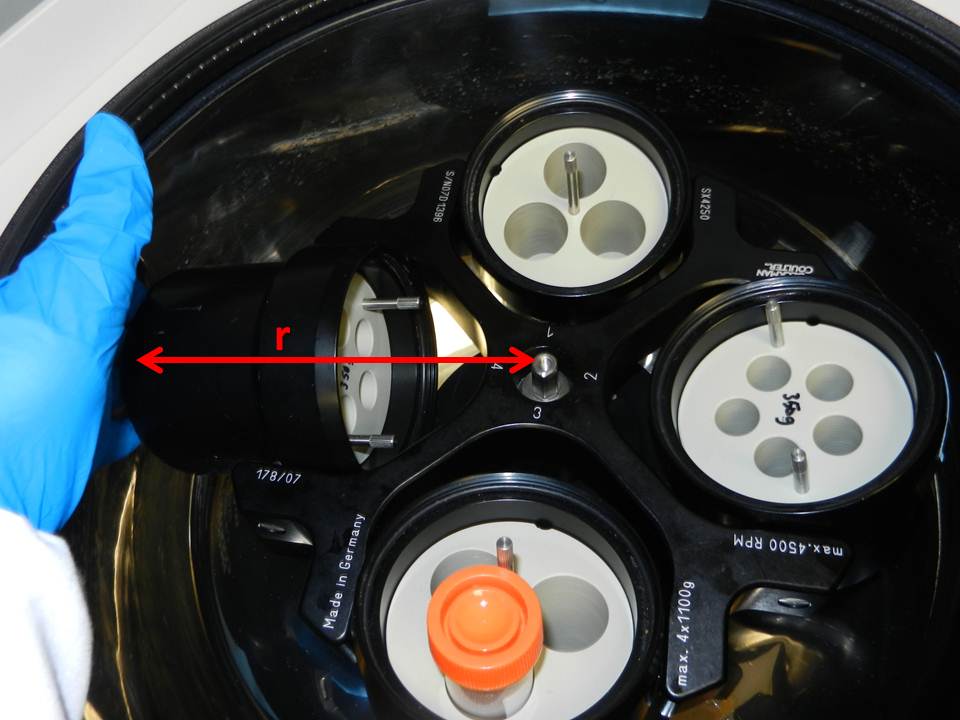
g Force or Relative Centrifugal Force (RCF) is the amount of acceleration to be applied to the sample. It depends on the revolutions per minute (RPM) and radius of the rotor, and is relative to the force of Earth’s gravity.
A good, precise protocol for centrifugation instructs you to use the g force rather than RPMs because the rotor size might differ, and g force will be different while the revolutions per minute stay the same. Unfortunately, many protocols are written in hurry and instructions are given in RPMs. Therefore, you have to convert g force (RCF) into revolutions per minute (rpms) and vice versa.
Modern centrifuges have an automatic converter but older ones do not. There is a simple formula to calculate this, but it takes some time to do the calculation. Meanwhile, your cells might die or the biochemical reaction goes on for three times longer than it should.
There are several ways to make conversion:
Continue reading “Converting RPM to g Force (RCF) and Vice Versa”